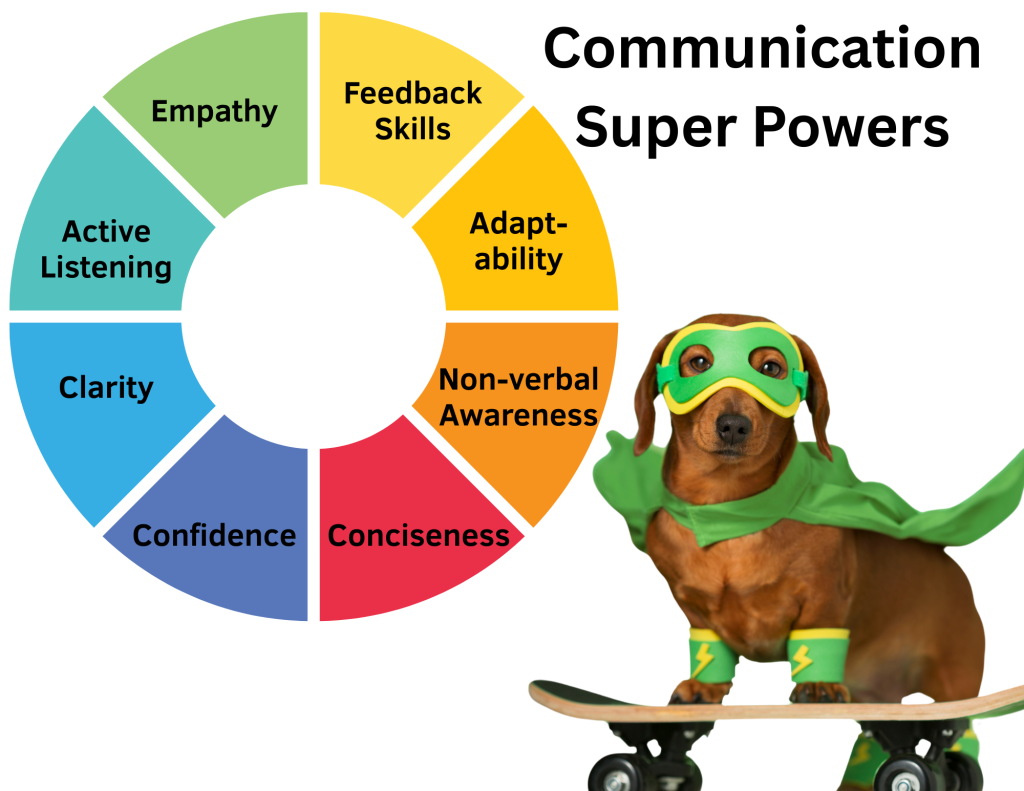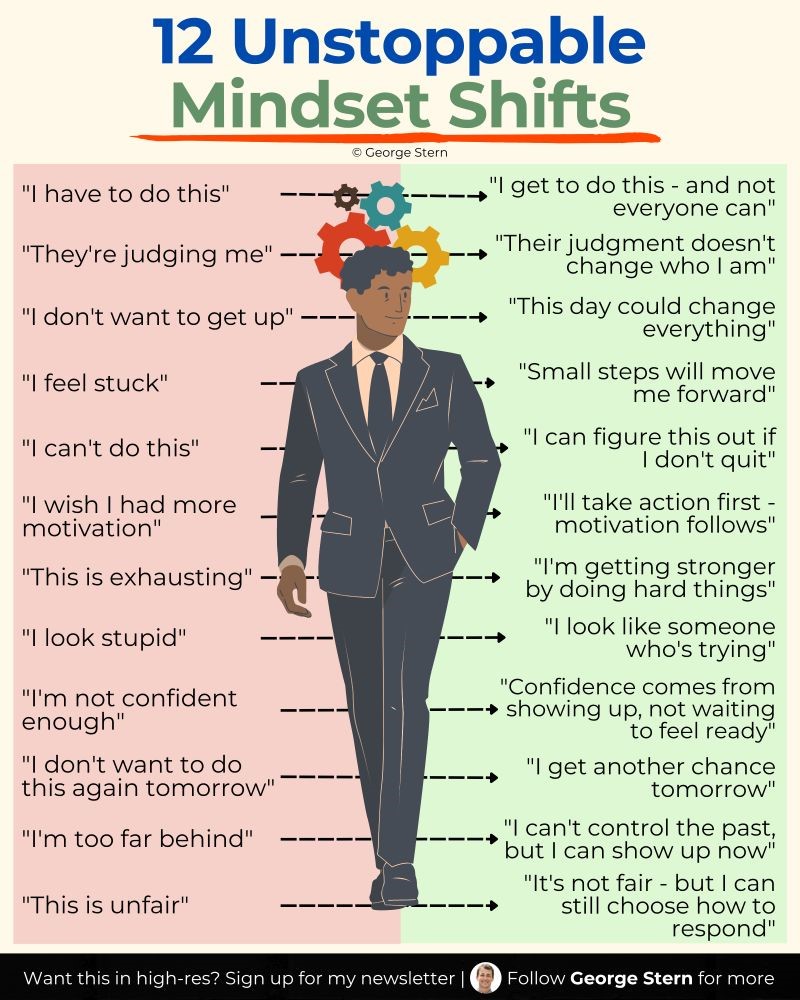4. Examine the Core Competencies of Effective Communicators in Business
Congratulations! You’ve officially reached the part where we turn you from an everyday communicator into a communication superhero. Think of this section as your business communication toolkit, where you’ll learn exactly what separates good communicators from those who send emails that resemble a complex treasure hunt. You know the kind—where you search desperately for meaning hidden beneath layers of jargon and corporate-speak. Yuck.
What exactly are core competencies, anyway? Simply put, they’re the must-have skills or abilities that effective communicators master. If communication were cooking, core competencies would be your staple ingredients: the flour, eggs, milk, and sugar you can’t bake without. You might get by without fancy vanilla extract or rare spices, but without these basics, your communication cookies will crumble. So let’s dive in and unpack these essential ingredients.
Competency #1: Clarity—No Decoder Rings Required
You’ve probably heard the phrase, “clear as mud.” Unfortunately, this is the default setting for many business messages. Clear communication means saying exactly what you mean, in plain English, without burying your meaning beneath jargon or ambiguous phrases. It’s like giving people a direct route on their GPS, instead of a scenic tour through a corn maze.
Imagine your colleague asks for updates on a project, and you reply, “We’re synergistically leveraging our core competencies to pivot toward deliverable optimization.” Translation? “We’re working hard to finish on time.” The clearer your message, the less confusion—and fewer awkward follow-up emails.
How to Master Clarity:
Use simple language. Think Hemingway, not Shakespeare.
Avoid ambiguous words like “soon,” “later,” or “maybe.”
Ask yourself, “Would my grandma understand this message?” If the answer is no, rewrite it.
Competency #2: Active Listening—Beyond the Nodding Head
Yes, communication isn’t just about talking; it’s equally about listening. Active listening means genuinely hearing and understanding what the other person is saying—not just waiting for your turn to talk or secretly thinking about your grocery list.
If your coworker says, “I’m struggling with my workload,” and you reply, “Uh-huh, cool, let’s discuss your workload,” while checking your phone, congrats—you’ve just won the prize for passive listening. Not very helpful.
How to Master Active Listening:
Maintain eye contact (yes, even on video calls—look at the camera, not yourself!).
Nod, respond with appropriate comments (“I see,” “Go on,” “That makes sense”).
Paraphrase back to confirm understanding: “So you’re feeling overwhelmed with the current deadlines, right?”
Competency #3: Empathy—Feeling the Feels (Professionally, of Course)
Empathy in business communication isn’t just for therapists or kindergarten teachers. It’s essential for managers, coworkers, salespeople, and anyone who deals with humans—so, basically, everyone. Empathy is about understanding and acknowledging the feelings and perspectives of others.
If an employee says, “I’m worried about handling this new responsibility,” empathy isn’t responding with “It’s in your job description—deal with it.” Instead, try, “I understand this might feel intimidating. Let’s walk through the steps together.” Simple, right?
How to Master Empathy:
Recognize and validate feelings: “I see this is stressful for you.”
Respond compassionately: “Let’s find a way to support you through this.”
Offer help proactively—don’t wait until they ask.
Competency #4: Feedback Skills—The Art of Constructive Criticism
Giving feedback is like seasoning your communication dish: too little and things taste bland; too much and things get salty fast. Effective feedback helps people improve without feeling attacked. It’s specific, actionable, and timely.
Imagine someone sends you a report full of errors. Bad feedback: “This report is terrible.” Good feedback: “Your report has some useful insights, but let’s fix these spelling mistakes and format issues for clarity.”
How to Master Feedback:
Be specific: Identify exactly what’s good or needs improvement.
Focus on behavior, not personality: “Your report formatting could be clearer,” not “You’re so disorganized!”
Offer solutions: Suggest specific actions (“Try using bullet points here”).
Competency #5: Adaptability—Be the Communication Chameleon
Adaptability means tailoring your communication style, language, and method based on your audience. Different folks need different strokes. Your CEO might want a quick bullet-point email, whereas your detail-oriented accountant appreciates a thorough breakdown.
Picture explaining a new software tool. Your tech-savvy teammate needs minimal guidance (“Just click around—you’ll figure it out”), while your less tech-savvy coworker might prefer a detailed step-by-step walkthrough (“Click here, then click there, then boom—you’re done!”).
How to Master Adaptability:
Observe your audience’s preferences: formal vs. informal, detailed vs. brief.
Ask if uncertain: “Would you like the detailed version or a quick overview?”
Adjust tone and detail accordingly.
Competency #6: Conciseness—Brevity is the Soul of Wit (and Emails)
We all know the pain of receiving a wall-of-text email. Effective communicators respect their audience’s time. Say what needs to be said—briefly, clearly, and then move along.
Instead of “Here’s an extremely detailed 17-page email with everything you never wanted to know,” try “Here are three bullet points summarizing our next steps.” Short, sweet, effective.
How to Master Conciseness:
Keep messages short and sweet: Think Twitter-length, not novel-length.
Remove unnecessary details: Stick to the essentials.
Bullet points and lists are your friends. Use them generously.
Competency #7: Non-Verbal Awareness—Body Language Talks (Sometimes Louder than You Do)
Here’s the kicker: sometimes what you don’t say matters just as much—or more—than what you do. Body language, facial expressions, tone of voice—they all send messages.
Ever had someone tell you, “Sure, I’m totally fine,” while crossing their arms and glaring? Spoiler alert: They’re not fine. Non-verbal cues can reinforce or completely contradict your words.
How to Master Non-Verbal Awareness:
Maintain open body language (uncrossed arms, eye contact).
Watch your tone: friendly and warm beats cold and flat.
Align your non-verbal cues with your words to avoid confusion.
Competency #8: Confidence—Fake It Till You Make It (Professionally)
Confidence in communication is like hot sauce—just a little bit goes a long way. A confident communicator doesn’t second-guess every sentence or apologize constantly. Even if you’re shaking inside, speaking confidently makes your message more credible.
You don’t have to be perfect—just clear, direct, and assured. People respond positively to confidence (even the fake-it-till-you-make-it kind).
How to Master Confidence:
Use assertive language (“I recommend…” not “Maybe we could…?”).
Minimize qualifiers like “maybe,” “sort of,” or “kind of.”
Maintain good posture and steady eye contact. Yes, posture actually matters!
Putting It All Together
The core competencies we’ve covered aren’t some magical powers reserved for communication wizards—they’re skills anyone can learn and improve upon. Mastering these competencies helps you craft clearer messages, build stronger relationships, and reduce the daily misunderstandings that cause headaches at work.
By developing clarity, active listening, empathy, feedback skills, adaptability, conciseness, non-verbal awareness, and confidence, you equip yourself with a powerful toolkit that can tackle any communication challenge head-on.
Ready to unleash your inner communication superhero? Great—let’s get communicating!


